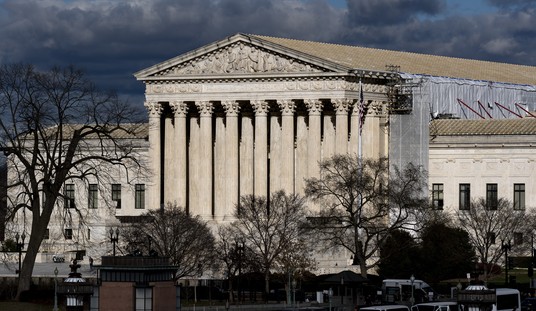San Francisco has declared a state of emergency aimed at cleaning up one neighborhood called the Tenderloin, a neighborhood where drug abuse, homelessness and filth have become overwhelming problems. Yesterday CBS affiliate KPIX ran a special about the effort which has been underway for a few weeks already. Is it working? Residents give the effort mixed reviews. On the one hand, shop owners in the area say the focus on cleaning the streets, with crews coming out twice a day to power wash sidewalks, has made a difference.
“I’ve seen an improvement in cleaning the streets, in washing the sidewalks,” said restaurant owner Stoudane Barkouki…
“They clean up everything but, after one hour, they come back and garbage is everywhere,” Barkouki observed. “They have to be on a daily basis.”
“It just keeps continuing, over and over again,” said Tony Kushmaul. “It’s a weird situation of doing the same thing over and over again, nothing really corrects the problem.”
On the other hand, the large homeless population that is a source of most of that trash is a tougher problem. Many of these people are drug addicts and the city has created a new Linkage Center designed to direct them toward services. However, the Linkage Center is also essentially a monitored drug use area which attracts dealers and addicts, many of whom aren’t there to get help but just to get drugs. The numbers suggest the plan isn’t working:
“I mean it’s good in a sense that they provide services,” said one visitor named Patrick. “The services are directly available to you when you’re there.”
Even some of those looking for help expressed similar concerns. Patrick is from Calaveras County. He’s been in San Francisco for about three weeks.
“You get stuck at the linkage center,” he said. “Because there’s drugs and you want to do the drugs. So you’ll sit there and do drugs all day and you procrastinate.”
Looking at the latest week of numbers, there were nearly 2,700 visits but only 144 referrals for services. A referral means a guest was told how to get help but there’s no way of knowing if they followed through and connected to it. Of those referrals, nine were for substance abuse treatment. In the same week, four visitors had overdoses reversed on-site.
So, that works out to 1/3 of one percent of visitors asking for help with substance abuse while about half that number overdosed. And as mentioned, there’s no telling if the people who asked for help actually followed through. Maybe all of them did or maybe none of them did. This is in keeping with previous stories about the Linkage Center.
If there’s any bright side to this story it’s that the push to clean up the Tenderloin is forcing the city to confront the fact that the harm reduction approach championed by homeless advocates isn’t going to be enough by itself:
The Linkage Center pretty well reflects the current approach: Harm reduction and “meeting people where they are” — hoping addicts reach out for help in their own time…
The city’s position here does appear to be shifting, even if just a little.
“Harm reduction and social services alone are not going to help the people of the Tenderloin,” says Francis Zamora with the Department of Emergency Management. “A law-enforcement-centered approach is not going to help the people of the Tenderloin. It’s only when we have our helping measures and our safety measures working in collaboration with one another and unified.”
As one homeless man recently said about San Francisco, “They pay you to be homeless here.” There really is a fine line between meeting drug addicts where they are and supporting their habit. The Linkage Center might be on the wrong side of that line.
The full report is 24 minutes long but it feels like it’s just scratching the surface of this problem and the city’s recent attempt to respond to it.








Join the conversation as a VIP Member